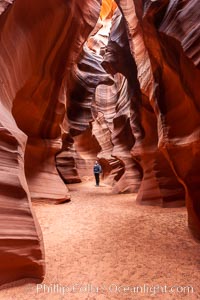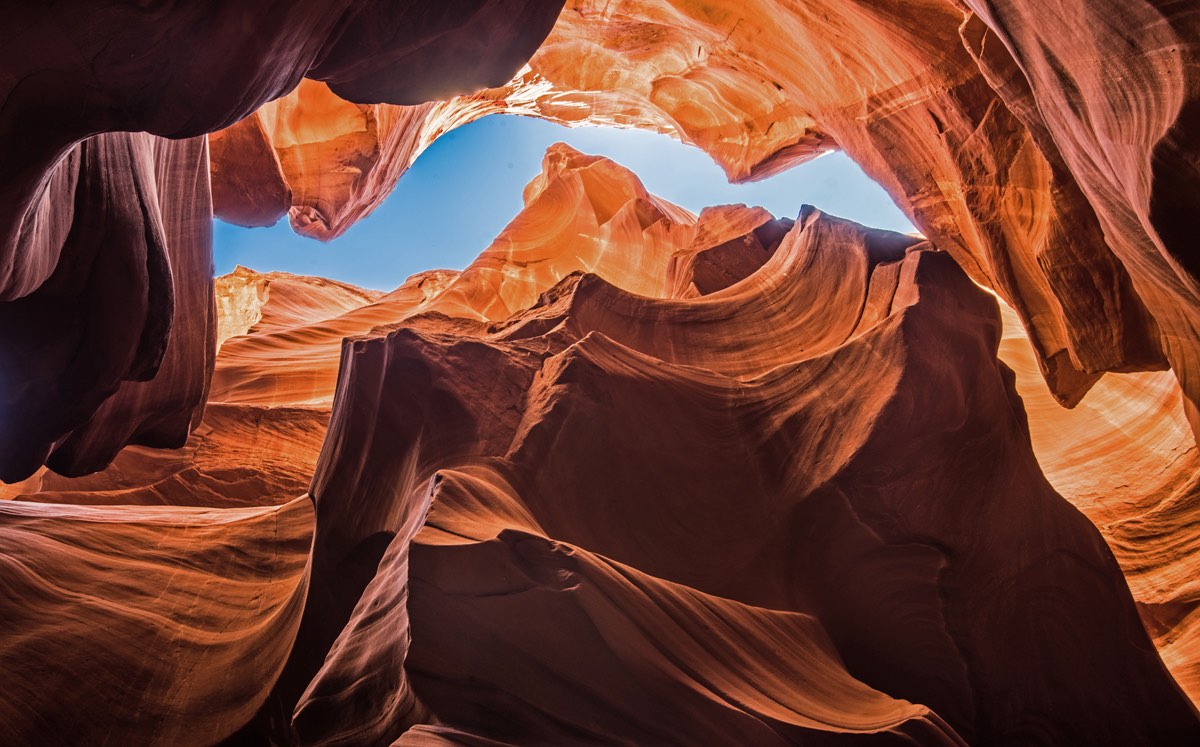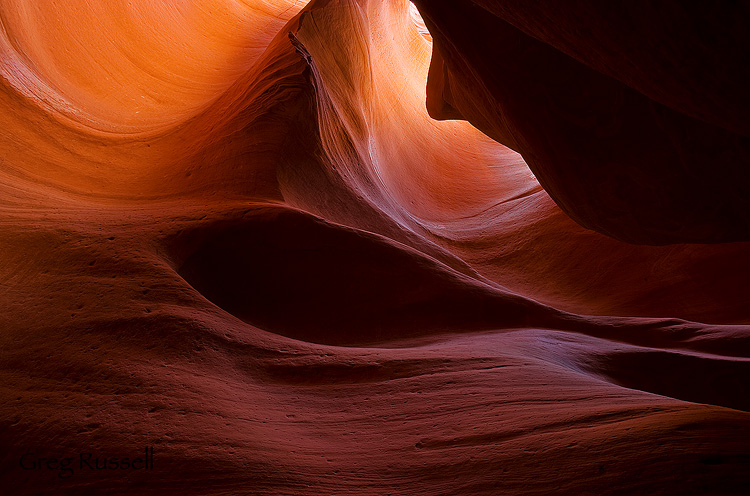- Antelope Slot Canyon Location
- Antelope Slot Canyon Images
- Antelope Slot Canyon Images
- Antelope Slot Canyon
Lower Antelope Slot Canyon is one of the most exquisitely photographed attractions in the American Southwest. This incredible canyon has been created over millions of years by the relentless forces of water and wind, slowly carving and sculpting the sandstone into forms, textures, and shapes which we observe today.The views in Lower Antelope. The most famous slot canyons near Page are definitely Upper and Lower Antelope Canyon, but these aren't the only slot canyons in the area. Buckskin Gulch, Waterholes Canyon, Zebra Canyon, Peek-a-Boo Canyon and the Zion Narrows (part of the Grand Circle) are quite popular among the self-guiding, canyoneering community. Colossal slots spartacus free play. Diamond fortune slots. Lower Antelope Canyon is a longer slot canyon (600 yards), situated below-ground. Touring it requires descending and ascending a series of ladders, and stepping over a few boulders. Access to the canyon is directly from the Tribal Park Gate on US98. Secret Antelope Canyon is a secret canyon in Arizona that's part of the Antelope Canyon system and is still an undiscovered gem with group sizes that are limited to just a fraction of Upper and Lower Antelope Canyons. It is just as spectacular and photogenic but without the crowds.
×INDEX
INTRODUCTION
CANYONS MAP
BOOKS
All Sections
Arizona
California
Colorado
Idaho
Nevada
New Mexico
Oregon
Texas
Utah
Wyoming
Slot Canyons
Difficulty: Easy. Ladders and railings are installed in the lower canyon
Management: Navajo Nation
Rocks: Navajo sandstone
Season: All year
Trailhead: Two parking areas south and north of AZ 98, 3 miles southeast of Page
Rating (1-5):★★★★★
Location
/https://public-media.si-cdn.com/filer/cb/87/cb87fada-31dd-40eb-8d1d-e3b5d738d327/istock-120911394.jpg)
Antelope Slot Canyon Location
Lower Antelope Canyon), separated by several miles of flat desert terrain. Both may be approached from AZ 98; the upper canyon (also known as Corkscrew Canyon) is reached at the end of a very sandy 2 mile 4WD track south of the road beginning near milepost 299, and it is this part which is most often visited. Lower Antelope Canyon extends between AZ 98 and the lake, and is reached by a short track northwards leading to a parking area from where the escorted tours depart. This is slightly more demanding to visit, requiring climbing up and down several ladders.Fees
To visit either part of Antelope Canyon is expensive. There is a fee of $8 for a standard permit required to enter Navajo territory, and an additional charge is due to the families who own the land around the canyons and regulate all access - the cheapest is currently (2020) around $60 for the shorter but more popular upper section and a little more for the longer lower canyon. As of 2018 all visits are only allowed as part of organized tours, preferably booked in advance, though there may be availability on the day during less popular months. The price may be higher for peak time visits, departing 10 am to midday. The fees will doubtless increase as the Navajo continue to exploit the ever-growing popularity of the canyon.
Route Description
Upper Antelope Canyon
When approaching upper Antelope Canyon, there is no obvious clue as to its location. The trail seems to end at the base of a red sandstone plateau about 20 yards high, but the sight of an Indian jewelry stall soon indicates its position - the entrance is a narrow curved slit in the cliffs only a few feet wide. Once inside, the temperature drops as much as 20 degrees as the visitor enters one of the most beautiful of all natural formations. The sunlight filtering down the curved sandstone walls makes magical, constantly changing patterns and shadows in many subtle shades of color. Some sections of the canyon are wide and bright, while others are narrower and more cave-like, with no light reaching the sandy floor. After only 150 yards or so, the canyon becomes suddenly much shallower near the top of the plateau. It may take only 3 or 4 minutes to walk through, but the canyon is well worth the arduous trek or expensive journey required to get there. Pictures taken here adorn camera shops and photographic manuals throughout the world, and usually there will be many people waiting with tripods and light meters trying to compose the perfect shot, and grumbling when other people walk in front of their two minute exposure. There are other equally short but pretty narrows further upstream, though these are not open to visitors.

Lower Antelope Canyon
The lower canyon is longer and deeper than the upper section, but also slightly more challenging, requiring climbing down ladders in some places to descend several sheer drops. It was here that 11 people were drowned in a flash flood in August 1997, when water 50 feet deep from a thunderstorm 5 miles away swept through the canyon, eventually deepening it by 4 feet. Lower Antelope Canyon was closed for 9 months before reopening with improved safety features, and now all visitors must now be accompanied by a guide. Both parts of the canyon are still beautiful, but any sense of adventure or tranquility is long since gone - best to try one of the hundreds of other Southwest slot canyons for these qualities. The nearest alternatives, only requiring a $6 daily permit, are Buckskin Gulch and Wire Pass.
Tiny sandstone pinnacles above Mountain Sheep Canyon
Other Canyons
The short slot of Upper Antelope Canyon is six miles from Lake Powell but only about half way along the drainage, which to the south extends across empty desert land, initially as a sandy wash, then as a rocky gorge as the land gradually rises. Tributaries join from both sides, some also containing slot sections, while the upper end splits into two main forks, both deep and narrow. Several other segments of the drainage system have received semi-official names, and may be visited as part of specialized tours, charged in the range $80 to $250. Closest to Hwy 98 is Owl Canyon, which joins Antelope from the southwest, one mile from the road; this has a 900 foot-long slot near its lower end and much longer narrows 2.5 miles upstream, a section also known as Mountain Sheep Canyon. A little further, the uppermost stretch of the drainage is Ramshead Canyon, in which the walls partly overhang above the streambed. Another short slot known as Ligai Si Anii Canyon


Antelope Slot Canyon Location
Lower Antelope Canyon), separated by several miles of flat desert terrain. Both may be approached from AZ 98; the upper canyon (also known as Corkscrew Canyon) is reached at the end of a very sandy 2 mile 4WD track south of the road beginning near milepost 299, and it is this part which is most often visited. Lower Antelope Canyon extends between AZ 98 and the lake, and is reached by a short track northwards leading to a parking area from where the escorted tours depart. This is slightly more demanding to visit, requiring climbing up and down several ladders.Fees
To visit either part of Antelope Canyon is expensive. There is a fee of $8 for a standard permit required to enter Navajo territory, and an additional charge is due to the families who own the land around the canyons and regulate all access - the cheapest is currently (2020) around $60 for the shorter but more popular upper section and a little more for the longer lower canyon. As of 2018 all visits are only allowed as part of organized tours, preferably booked in advance, though there may be availability on the day during less popular months. The price may be higher for peak time visits, departing 10 am to midday. The fees will doubtless increase as the Navajo continue to exploit the ever-growing popularity of the canyon.
Route Description
Upper Antelope Canyon
When approaching upper Antelope Canyon, there is no obvious clue as to its location. The trail seems to end at the base of a red sandstone plateau about 20 yards high, but the sight of an Indian jewelry stall soon indicates its position - the entrance is a narrow curved slit in the cliffs only a few feet wide. Once inside, the temperature drops as much as 20 degrees as the visitor enters one of the most beautiful of all natural formations. The sunlight filtering down the curved sandstone walls makes magical, constantly changing patterns and shadows in many subtle shades of color. Some sections of the canyon are wide and bright, while others are narrower and more cave-like, with no light reaching the sandy floor. After only 150 yards or so, the canyon becomes suddenly much shallower near the top of the plateau. It may take only 3 or 4 minutes to walk through, but the canyon is well worth the arduous trek or expensive journey required to get there. Pictures taken here adorn camera shops and photographic manuals throughout the world, and usually there will be many people waiting with tripods and light meters trying to compose the perfect shot, and grumbling when other people walk in front of their two minute exposure. There are other equally short but pretty narrows further upstream, though these are not open to visitors.
Lower Antelope Canyon
The lower canyon is longer and deeper than the upper section, but also slightly more challenging, requiring climbing down ladders in some places to descend several sheer drops. It was here that 11 people were drowned in a flash flood in August 1997, when water 50 feet deep from a thunderstorm 5 miles away swept through the canyon, eventually deepening it by 4 feet. Lower Antelope Canyon was closed for 9 months before reopening with improved safety features, and now all visitors must now be accompanied by a guide. Both parts of the canyon are still beautiful, but any sense of adventure or tranquility is long since gone - best to try one of the hundreds of other Southwest slot canyons for these qualities. The nearest alternatives, only requiring a $6 daily permit, are Buckskin Gulch and Wire Pass.
Tiny sandstone pinnacles above Mountain Sheep Canyon
Other Canyons
The short slot of Upper Antelope Canyon is six miles from Lake Powell but only about half way along the drainage, which to the south extends across empty desert land, initially as a sandy wash, then as a rocky gorge as the land gradually rises. Tributaries join from both sides, some also containing slot sections, while the upper end splits into two main forks, both deep and narrow. Several other segments of the drainage system have received semi-official names, and may be visited as part of specialized tours, charged in the range $80 to $250. Closest to Hwy 98 is Owl Canyon, which joins Antelope from the southwest, one mile from the road; this has a 900 foot-long slot near its lower end and much longer narrows 2.5 miles upstream, a section also known as Mountain Sheep Canyon. A little further, the uppermost stretch of the drainage is Ramshead Canyon, in which the walls partly overhang above the streambed. Another short slot known as Ligai Si Anii Canyon is also in this area, accessed from Copper Mine Road. The next major tributary south (0.7 miles before Upper Antelope) is Rattlesnake Canyon
Antelope Slot Canyon Images
, the lower end of which forms a 500 foot slot, with two small arches. Wind Pebble Canyon is a longer tributary with several enclosed, photogenic sections, named for the stones embedded in the walls; it joins Antelope from the west, nearly 6 miles south of the highway. The two upper forks are Canyon X (east) and Cardiac Canyon (west) - both are cliff-lined for around one mile, containing slots alternating with more open passageways. The latter is rather more strenuous to explore.Antelope Slot Canyon Images
Map of Slot Canyons of Antelope Creek
Butterfly Canyon
Starting Water Wash
Stateline Canyon
Upper Kaibito Creek
Upper Kaibito Creek, East Fork
Water Holes Canyon
West Fork Big Horn Canyon
Grand Staircase-Escalante NM, Utah
★★★★★
Sand Wash
Utah
★★★★★
Water Holes Canyon
Page, Arizona
★★★★★
Antelope Slot Canyon
All Contents © Copyright The American Southwest | Comments and Questions | Contribute | Affiliate Marketing Disclosure | Site Map

